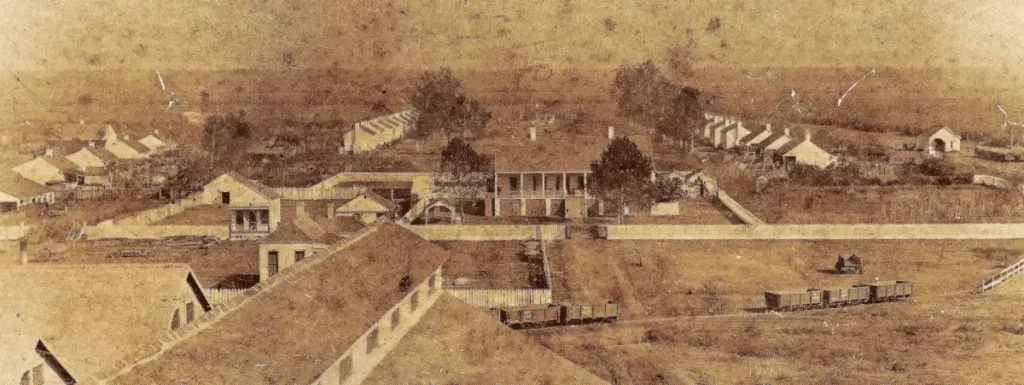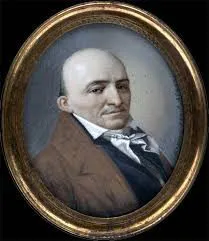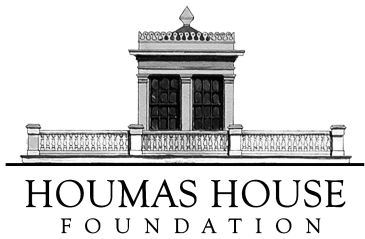In 1795, Etienne de Boré and Antoine Morin were able to granulate sugar from sugarcane on de Boré’s plantation in New Orleans – and the Louisiana sugar boom began. In 1806, Governor William Claiborne of the Territory of Orleans would write a letter to President Thomas Jefferson that included this statement: “The facility with which the sugar planters amass wealth is almost incredible.” Sugar production and its associated wealth continued to climb until the Civil War intervened.
Almost all of the sugar grown in the United States during the antebellum period came from Louisiana. Louisiana produced from one-quarter to one-half of all sugar consumed in the United States. In any given year the combined crop of other sugar-producing states in the South was less than five percent of that of Louisiana.
In the 1850s, the Mississippi River’s “Sugar Coast” between Baton Rouge and New Orleans boasted an astonishing one-third of America’s millionaires.
Louisiana’s sugar harvest rose from 5,000 hogsheads (a large barrel that held an average of 1,000 pounds of sugar) in 1802 to a high of 449,000 hogsheads in 1853, peaking at an average price of $69 each in 1858, bringing the total value of Louisiana’s sugar crop to $25 million.
|
Birds-eye view of the Clark Plantation of the Houmas This photo shows the working “village” of the Clark Plantation from atop the Sugar factory. Note the well laid out buildings as well as the quarters for the workers, which were neatly arranged and facing oak groves. The buildings and houses were all white-washed. This is a good example of a well-run sugar plantation. |
 |
 |
 |
Norbert Rillieux (1806-1894), a free man of color, widely considered to be one of the earliest chemical engineers, revolutionized sugar processing with the invention of the multiple effect evaporator under vacuum. Rillieux’s great scientific achievement was his recognition that at reduced pressure the repeated use of latent heat would result in the production of better quality sugar at lower cost. One of the great early innovations in chemical engineering, Rillieux’s invention is widely recognized as the best method for lowering the temperature of all industrial evaporation and for saving large quantities of fuel.
